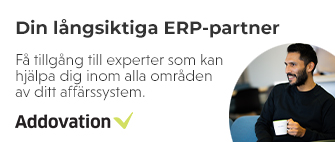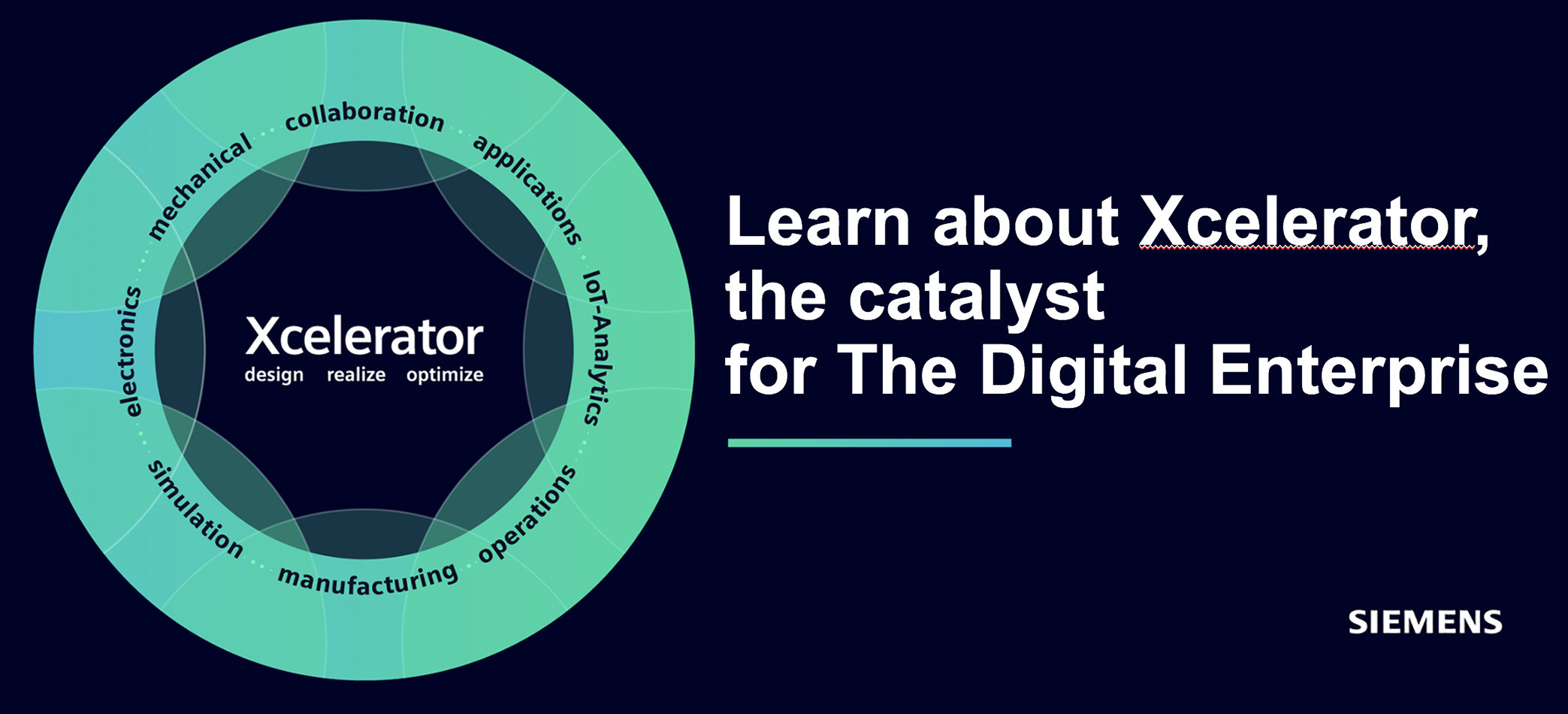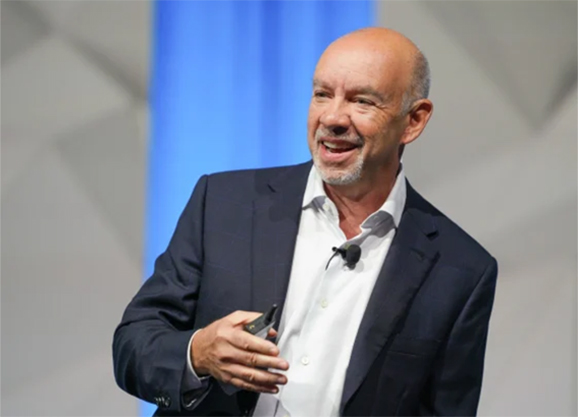Cambridge Semantics was founded in 2007 by an innovation and engineering team from IBM’s Advanced Technology Group with a shared belief that semantic graph data models were a disruptive technology that would help organizations leverage their data in unprecedented ways: fuel analytics, uncover new insights and enable strategically important, competitive differentiation. Cambridge Semantics’ engineering team was instrumental in the development of the IBM Netezza and Amazon Redshift data warehouses and constitutes one of the largest single collections of knowledge graph experts in the world.
”The acquisition of Cambridge Semantics adds deep data warehousing expertise to our already strong analytics and data science team, creating an enhanced core group of engineers who understand the entire data lifecycle – from data creation to real-world impact,” said Srikanth Mahalingam, Chief Technology Officer, Altair.
One of the fastest growing CAE players
In terms of revenues CIMdata is a company that shows good growth and is according to analyst CIMdata number five on the S&A revenue top list. In CIMdatra’s latest available statistics, covering 2022 (the 2023 reports), Altair is number five with $572 million, after Ansys, MathWorks, Dassault Systemes and Siemens Digital Industries Software. 2022 Altair’s revenues grew 7.5%, one of the strongest growth numbers on the high-end level.
Notably, Altair has 3,000 plus employees, are represented in 27 countries, and are serving over 13,000 customers. Major markets are aerospace, automotive, consumer products, heavy equipment, government and defense, and oil and gas industries.
“Altair has evolved significantly over the past several decades from being a niche provider to a global enterprise-class engineering technology company. From their roots in structural analysis software such as Hypermesh, Altair now provides software and cloud solutions in the areas of simulation-driven product development, high performance computing (HPC) and data intelligence,” CIMdata writes in its 2023 simulation and analysis report and adds that, “Altair’s simulation-driven approach to innovation is powered by an integrated suite of software that helps optimize design performance across multiple disciplines encompassing structures, motion, fluids, thermal management, electromagnetics, system modeling, and embedded systems, while also providing data analytics and true-to-life visualization and rendering.”
On the customer list we find many of the large OEMs, a few examples are Lockheed Martin, Mercedes Benz, Boeing, and BorgWarner.






